1. Course 4
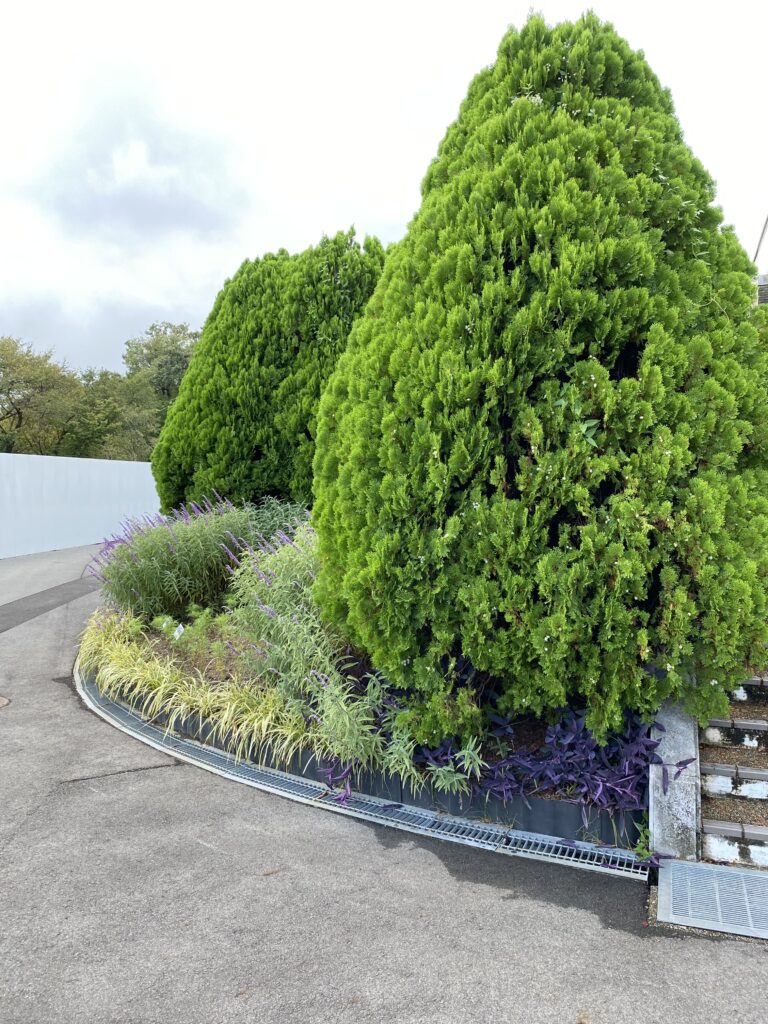

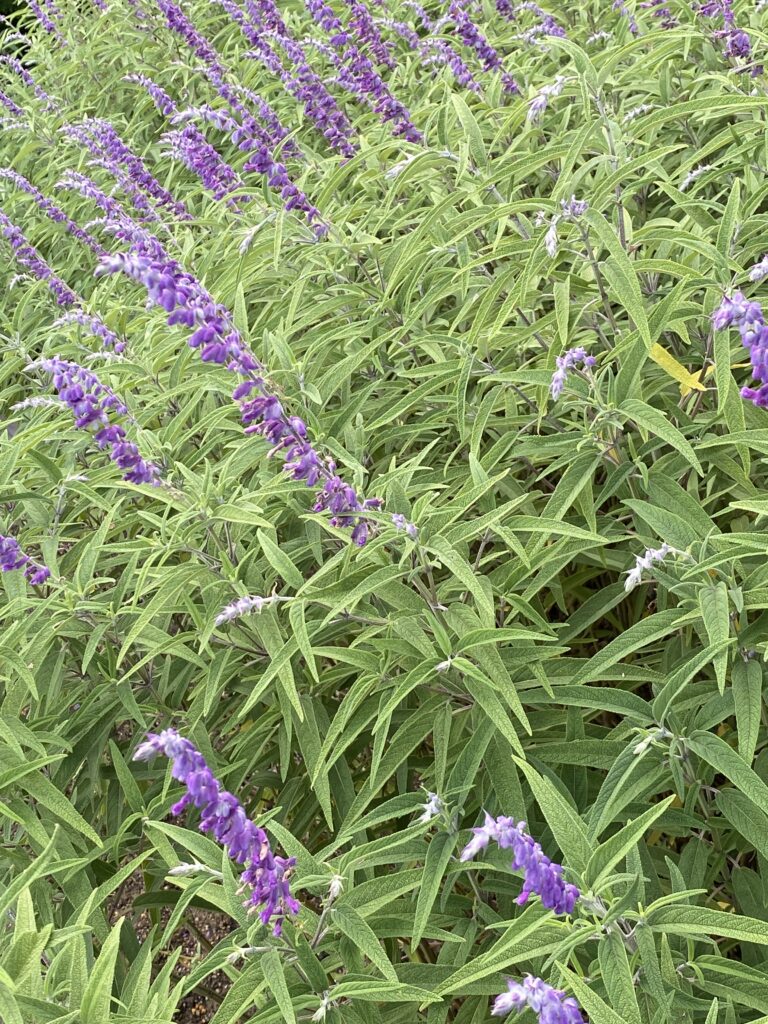
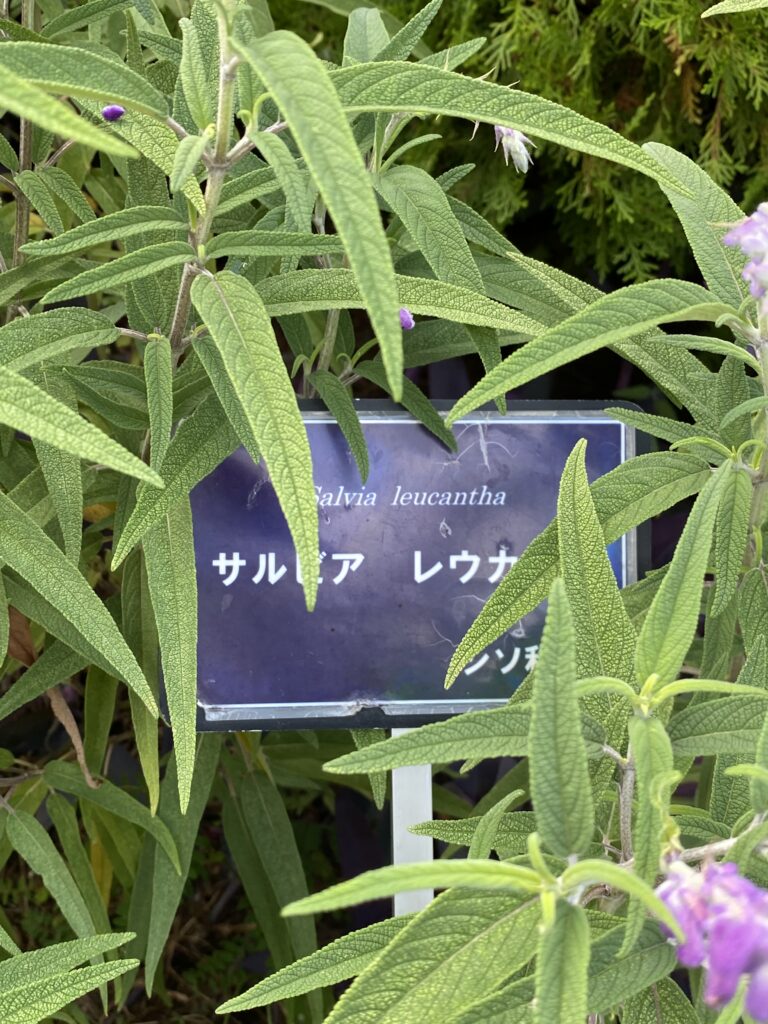
We’re now at the fifth course, but I neglected to point out the noteworthy planting on the fourth course.
The flowers beside the flower beds being built are lovely Salvias, surrounded by Chinese Arborvitae trees.
It’s like discovering a hidden garden and brings a calming feeling.
These trees are originally from China and are commonly planted in Japanese gardens. When you look through the gap, you’ll see the beautiful Salvia flowers.
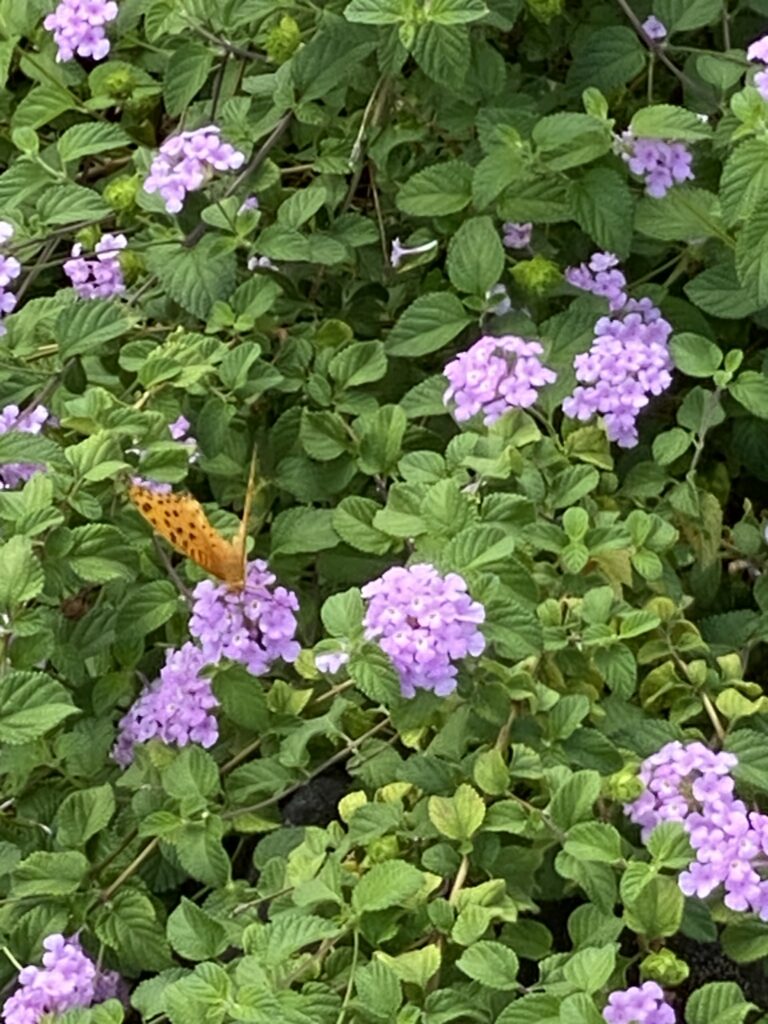
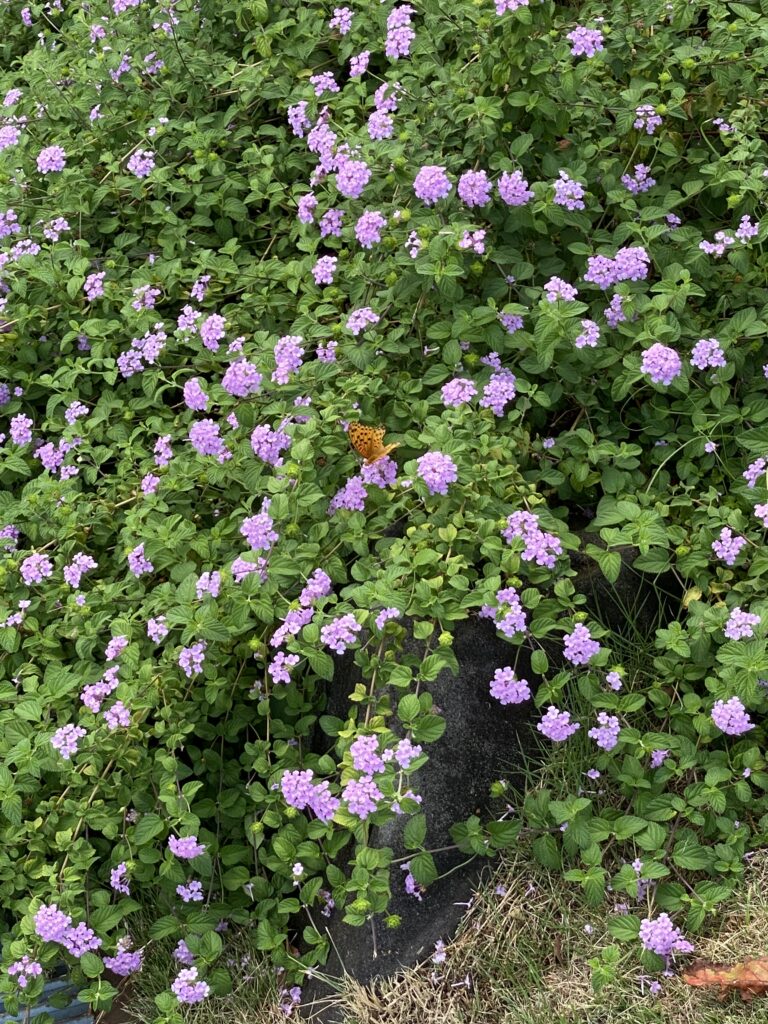
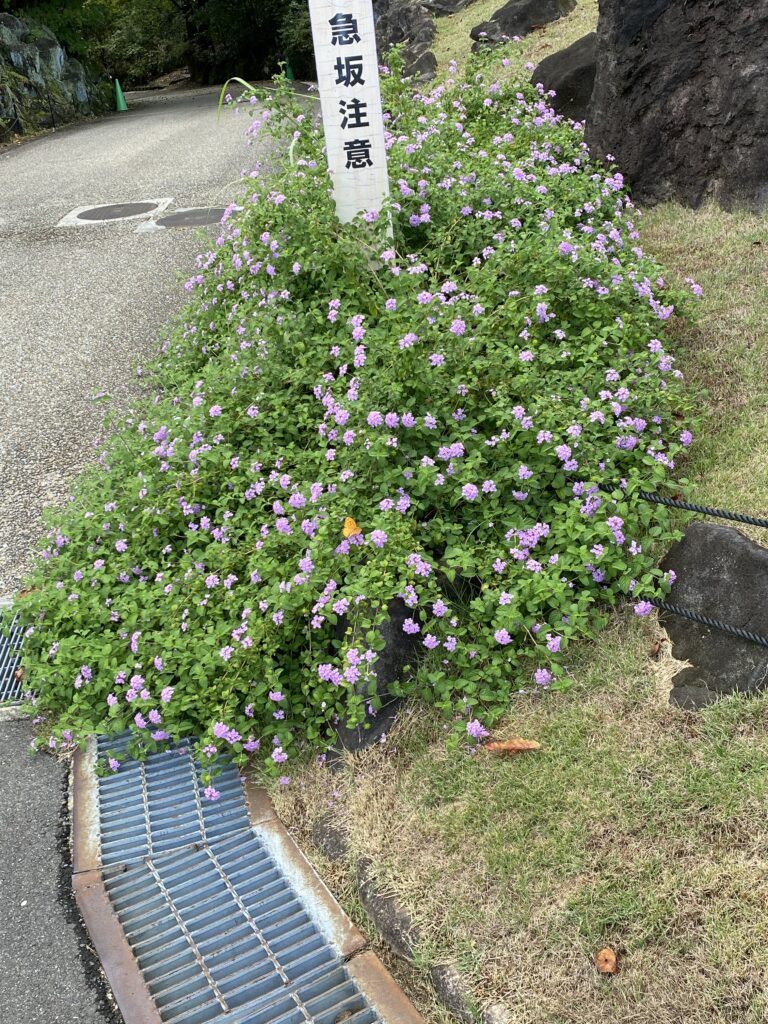
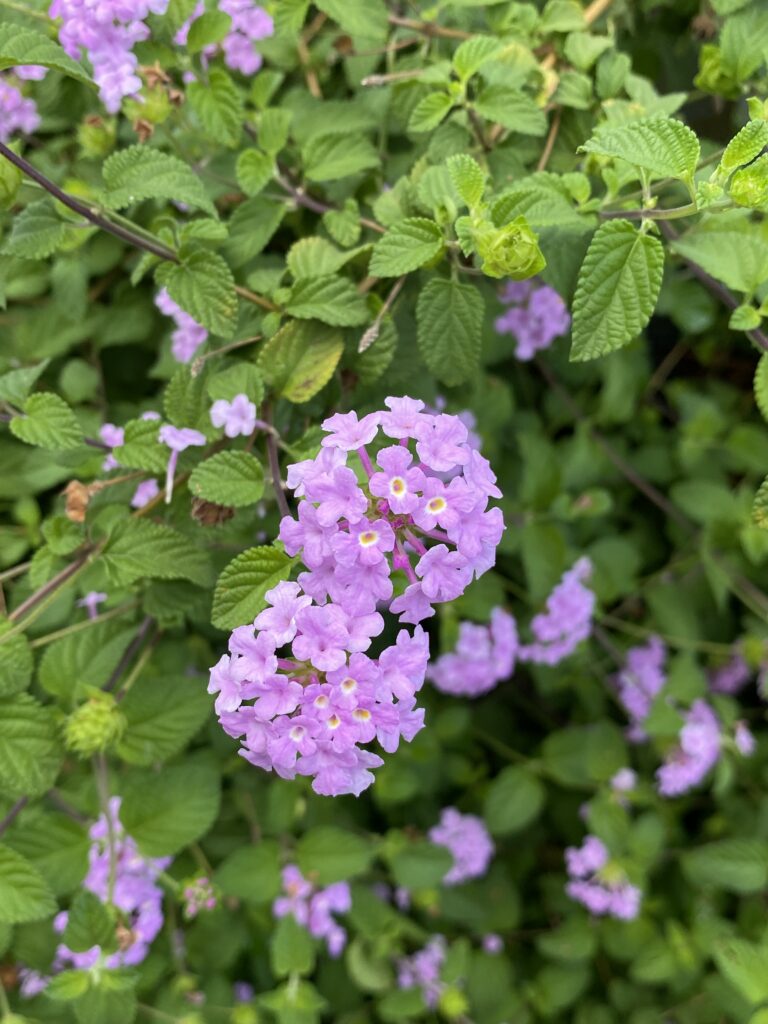
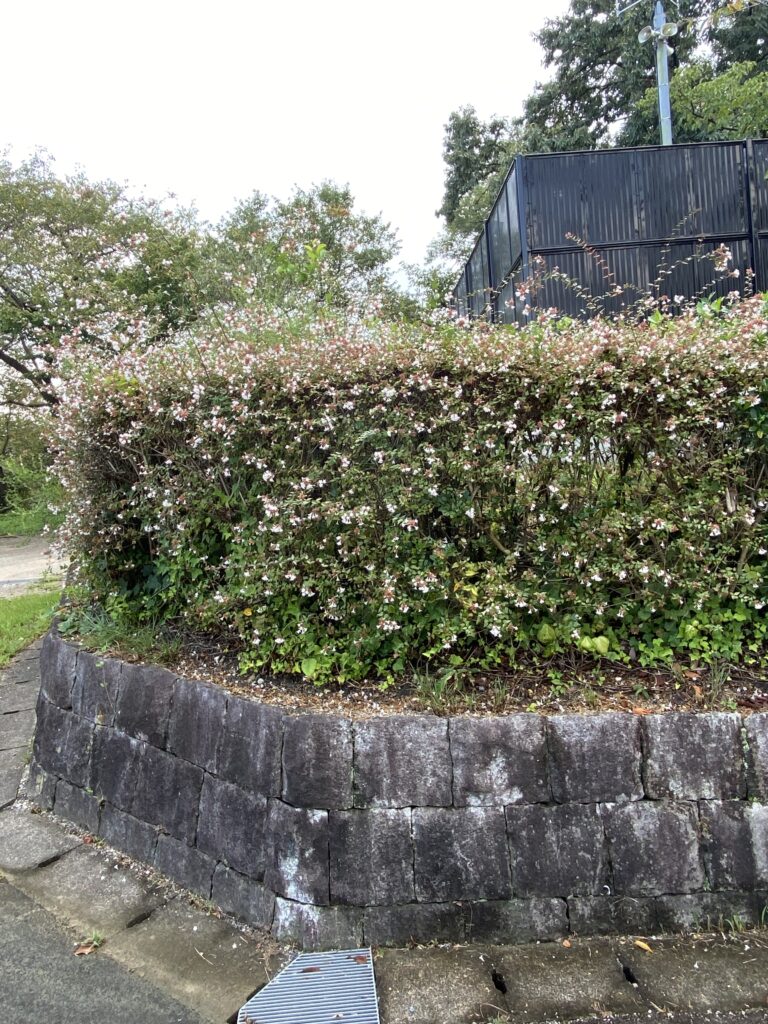
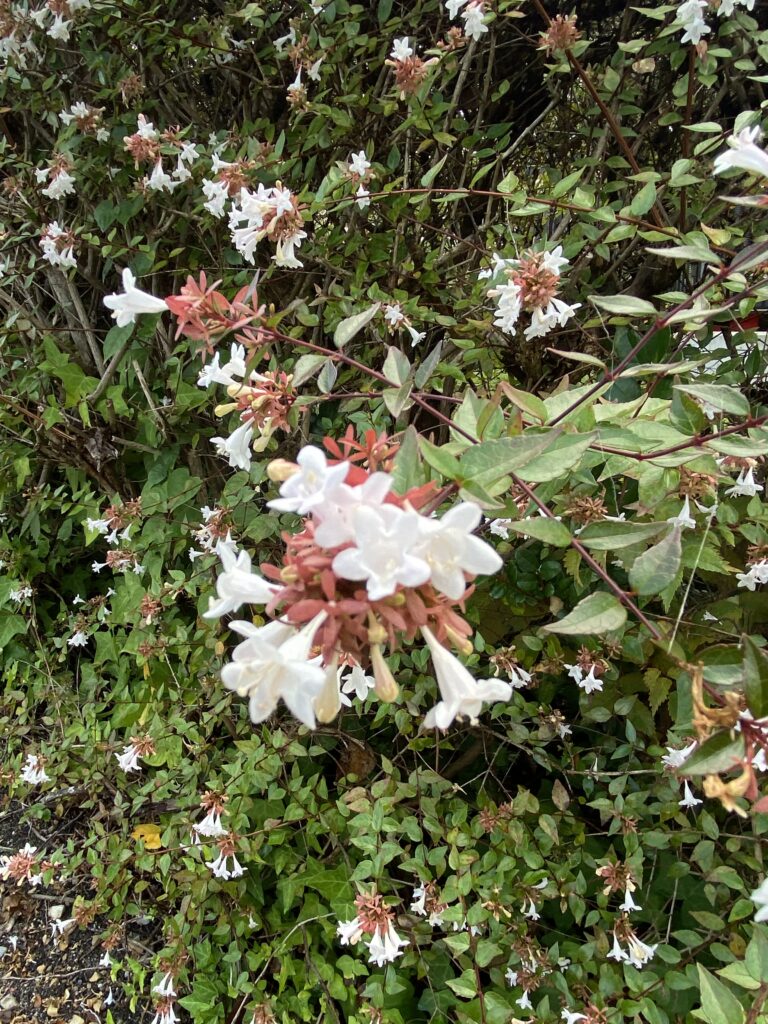
Aberia Chinensis was blooming by a stone wall.
It’s regularly grown as a hedge in Japanese gardens. My parents planted Aberia Chinensis on the border with the neighbouring house. The garden was blooming with white flowers and plenty of bees came to collect nectar in my parents’ home.
It fills me with nostalgia.
I remember vividly how flowers and insects coexist in my thoughts.
2 From course 5 to 6
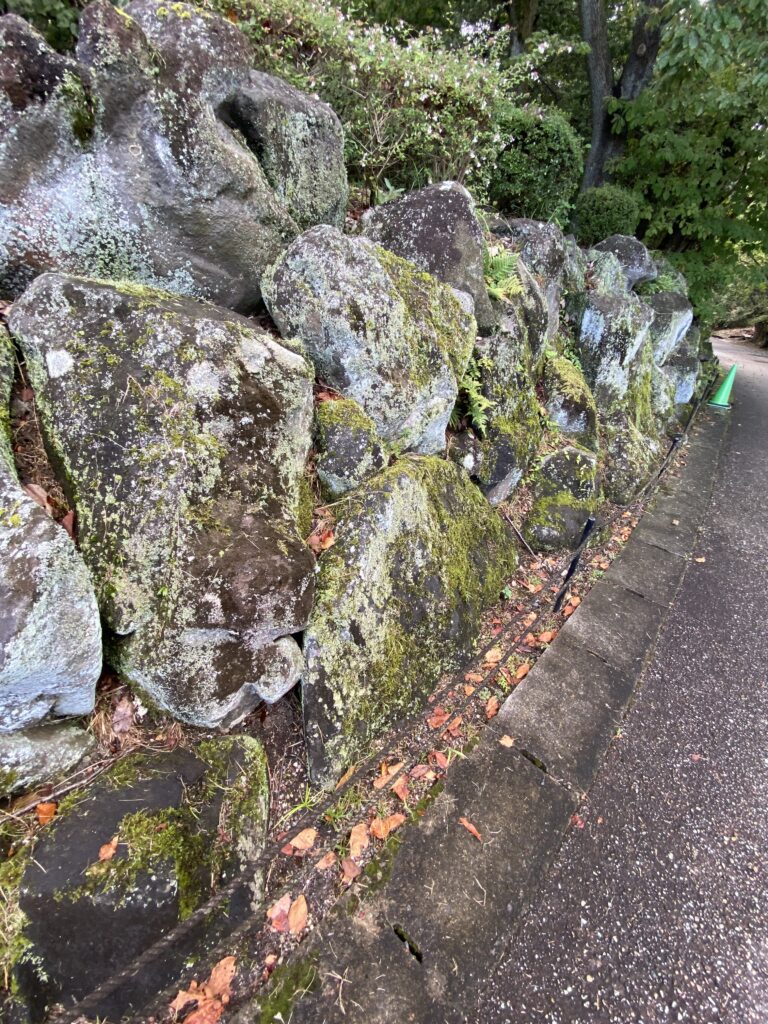

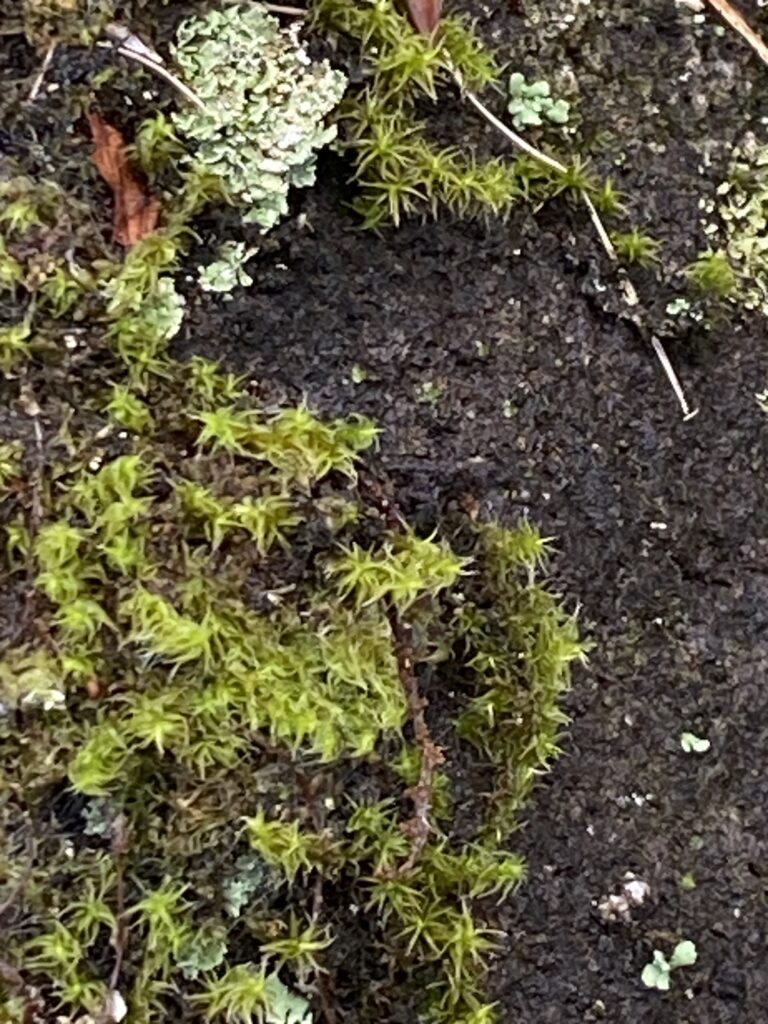
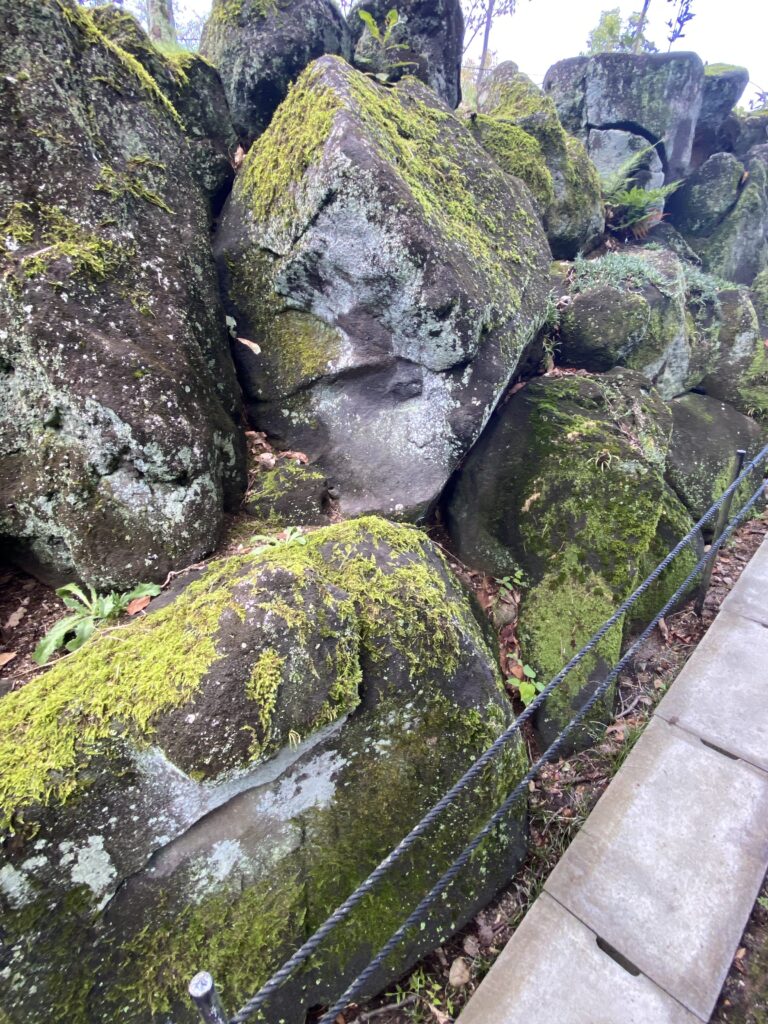
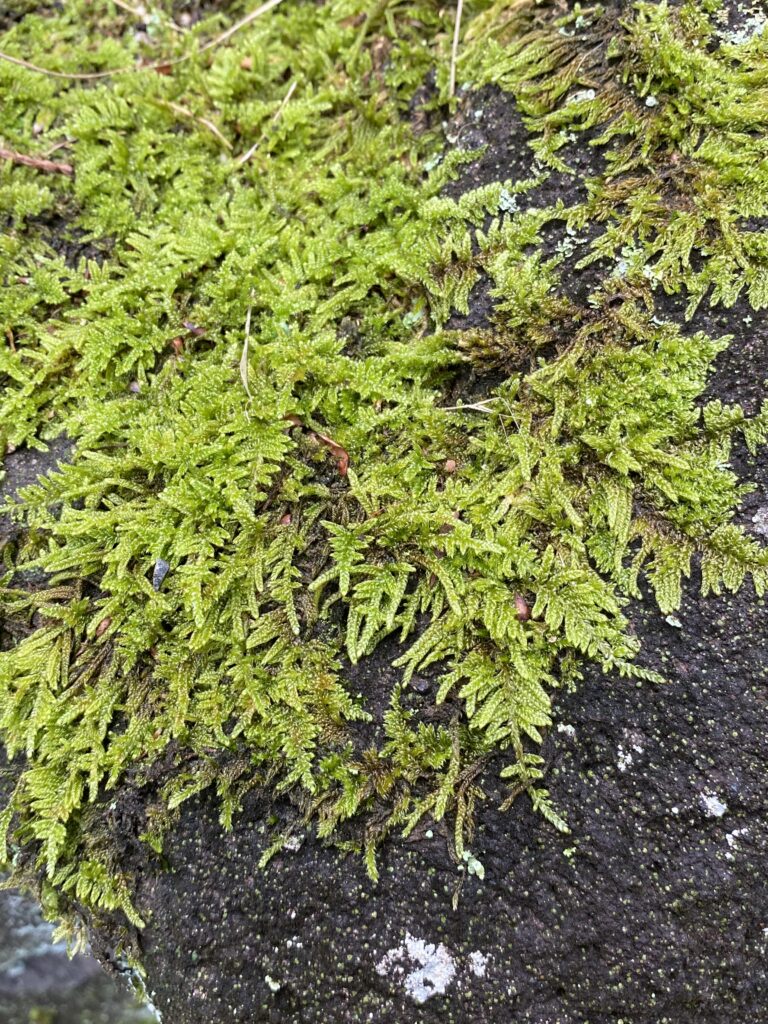
Back to the Chinese course.
Along the footpath of the Chinese Course, there are stone walls.
Tourists hardly notice, but the walls are covered with moss, fascinating plant enthusiasts.
By examining closely, the moss on the walls is identical, but there are varied types on the left and right sides, creating a mystery.
What makes the difference? The amount of sun, moisture, and nearby trees… It’s always captivating.
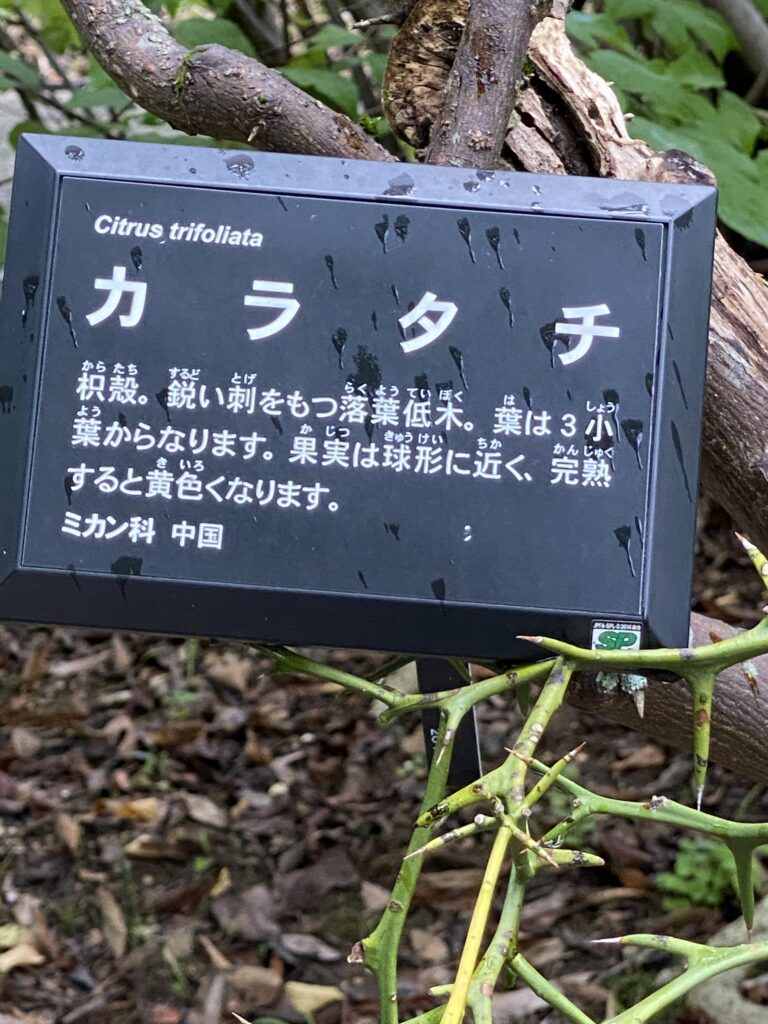
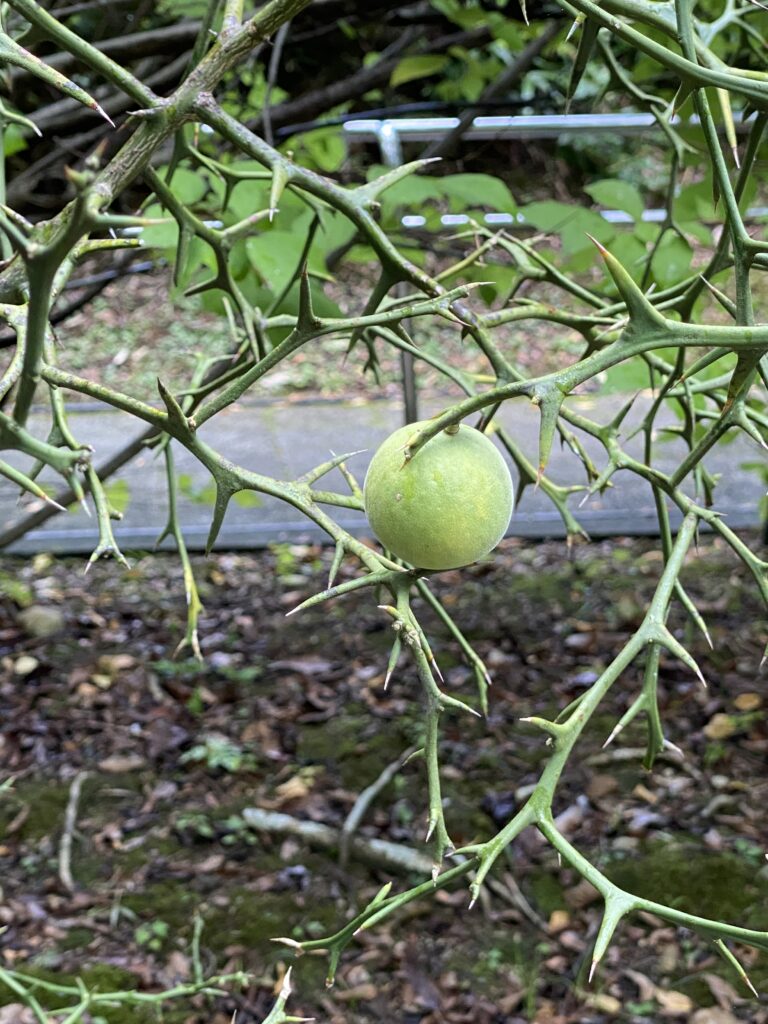
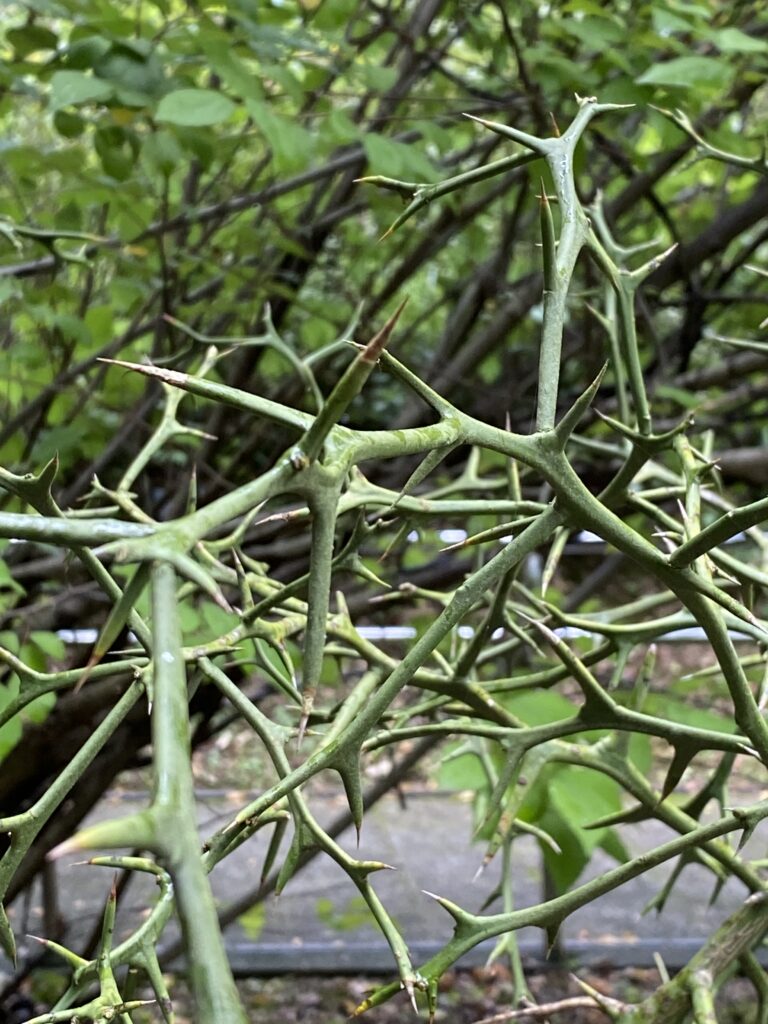
After this, the bamboo grows, but as we introduced it last time, we will continue to the exit of the CHinese course.
Chinese moccasin rose (Banksia rose) and Izayoi rose (Chestnut rose) are planted near the exit. Beyond that, there was a karatachi (Hardy orange), which used to be a common sight in the Japanese countryside. The karatachi is native to central China and is deciduous, which is unusual for a member of the tangerine family. It was a little early, but the leaves had already fallen.
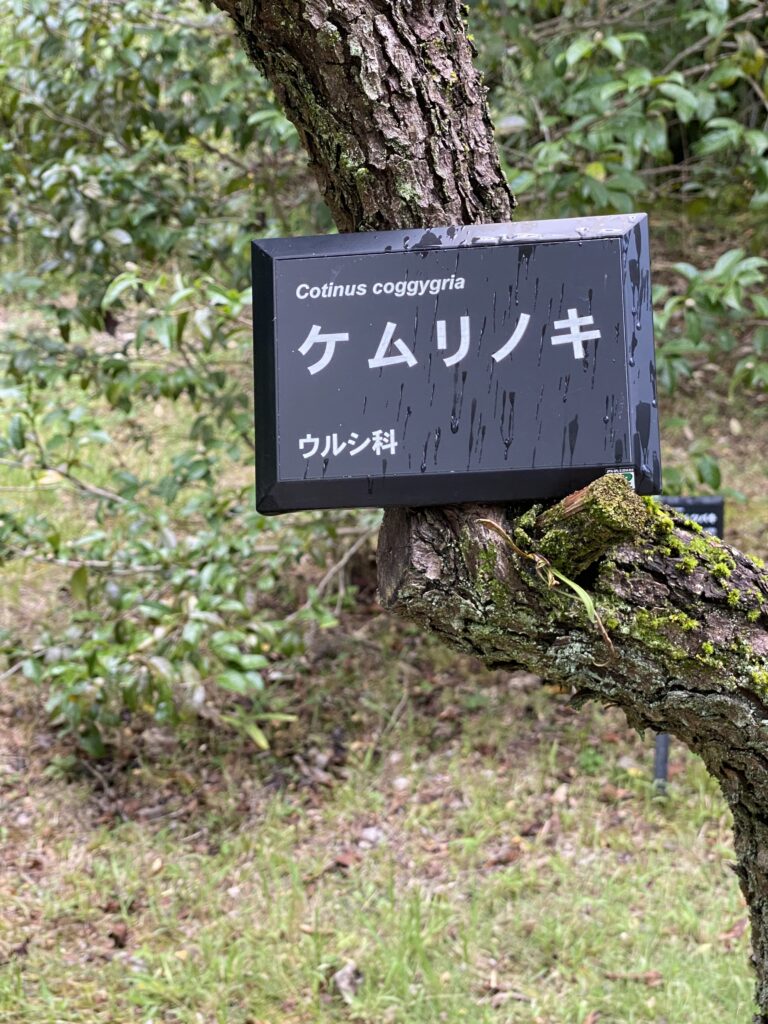

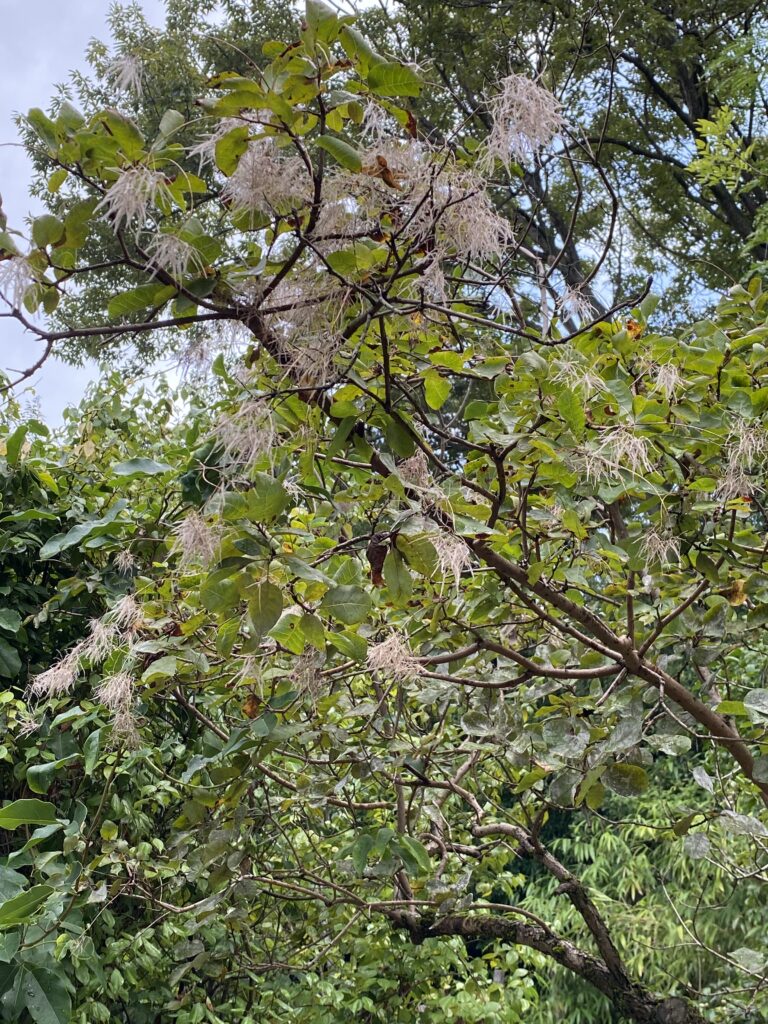
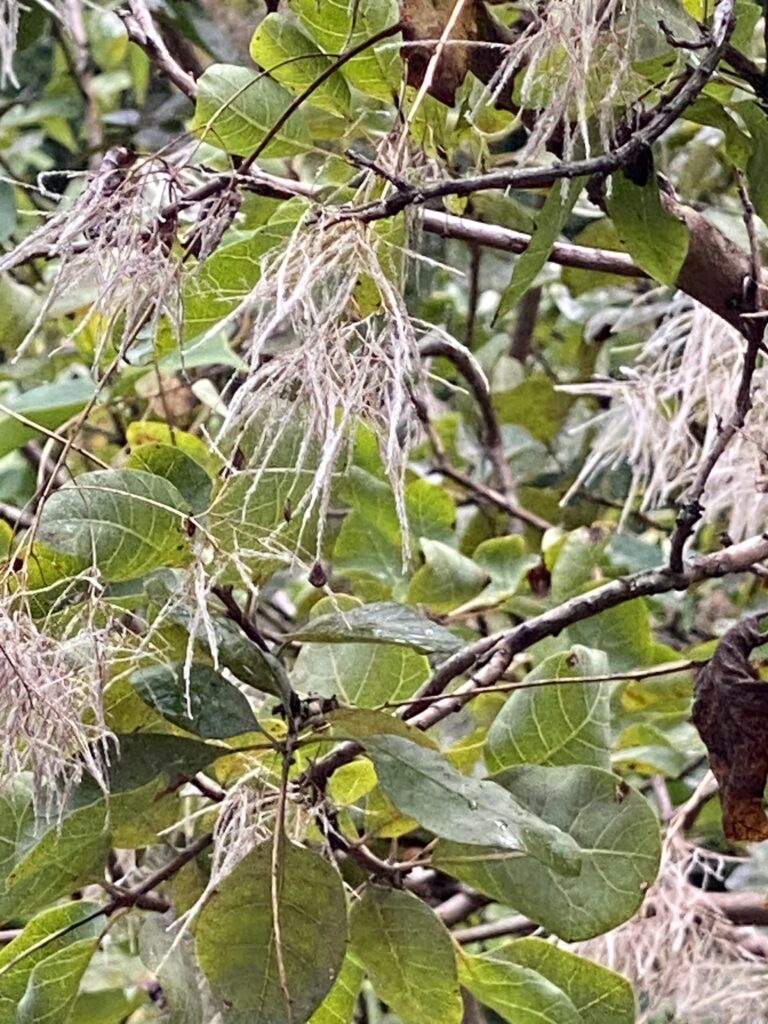
The smoke tree came next. I’ve watched a programme on TV about southern China, but it’s also grown outdoors in Japan.
I thought it would grow in the humid Yunnan region of China, but
I’ve heard it grows not only in China, but also in Russia and Southern Europe.
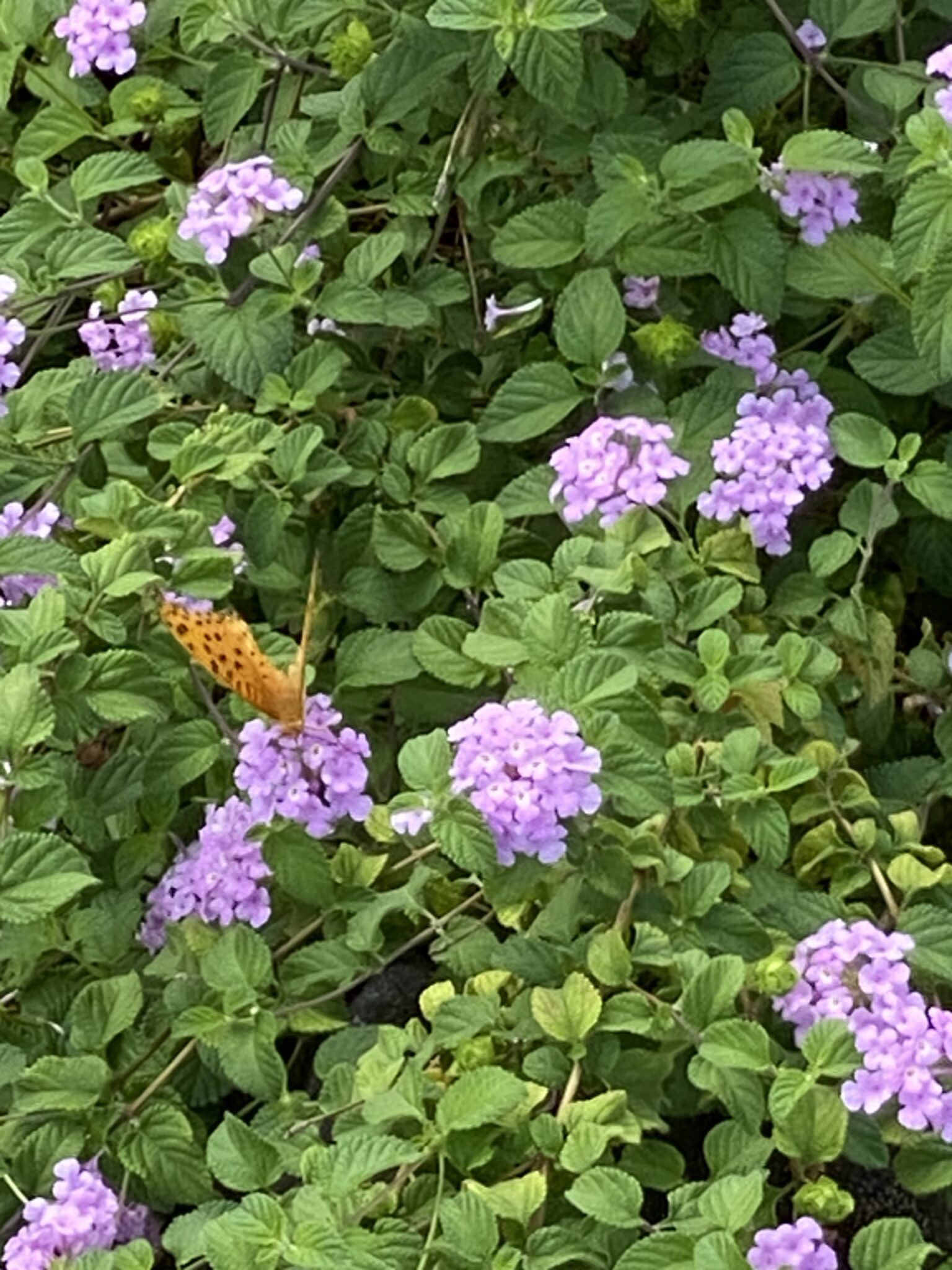


コメント